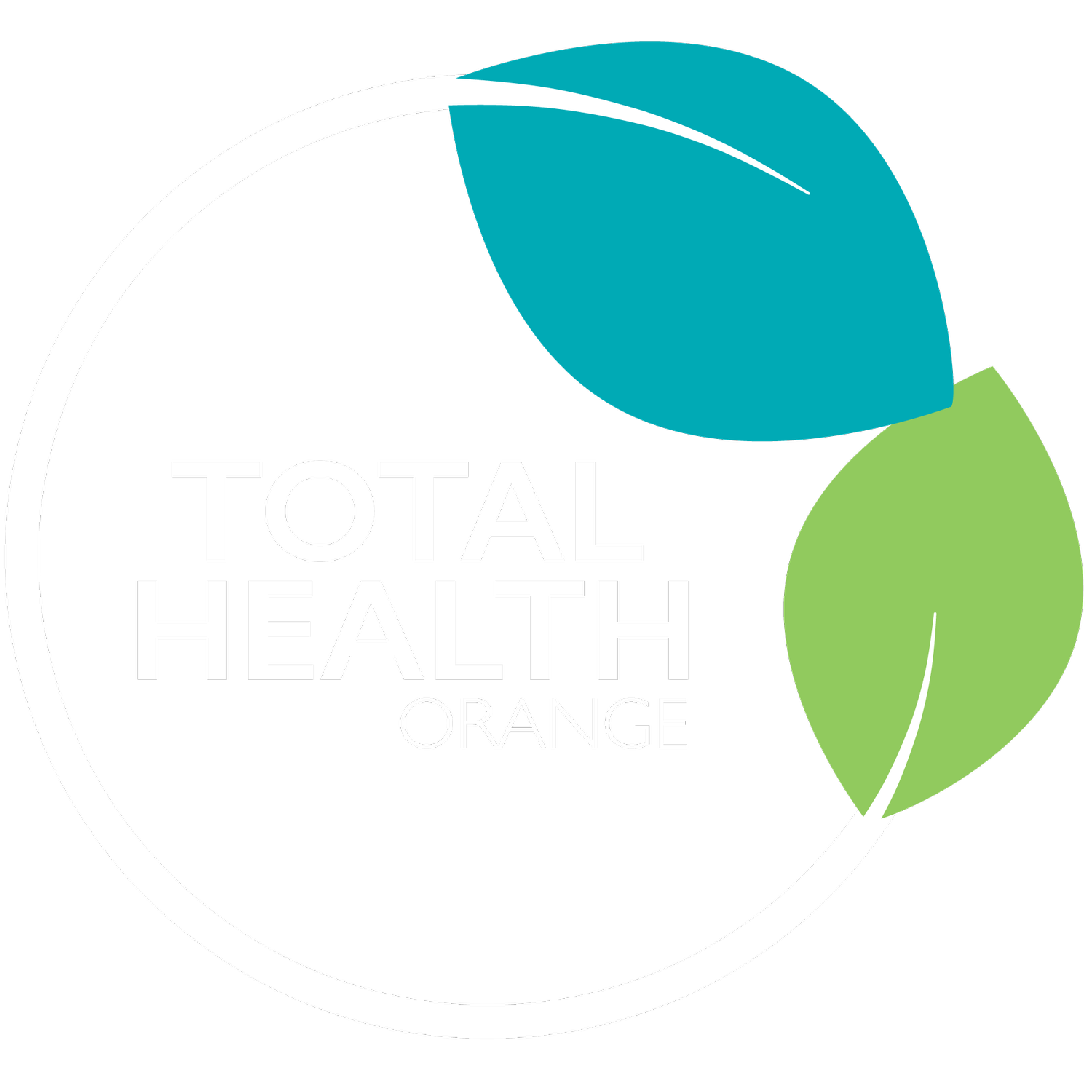The Importance of Core Strength
Core strength refers to the muscles of your abdomen, lower back and pelvis. Having good core strength provides stability and support for your spine. It helps with balance and posture and can contribute to overall physical performance and injury prevention.
The importance of core strength in children
In children, core strength is the foundation to be able to maintain an upright posture whilst standing or sitting without support. If a child has poor core strength, they will struggle with gross motor skills (such as participating in sports), fine motor skills (such as handwriting), stability and balance, which will affect their ability to coordinate refined movements.
The importance of core strength in adults
In adults, core strength is important as it supports nearly every movement and activity in daily life. Whether you are sitting at a desk, lifting groceries, or participating in sports, a strong core provides the foundation for efficient movement and helps prevent strain on other muscles and joints.
Here are some core strength exercises suitable for different age groups:
Children (5 and under)
Children (6-12 years old)
Teens (13-19 years old)
Adults (20-59 years old)
Seniors (60+ years old)
“A strong core is the key to unlocking your body’s full potential and living life to the fullest. By adding core strength into your routine, you will not only receive the physical benefits but also improve your overall well-being and quality of life. ”
Our team would be happy to discuss any issues related to this blog. Contact us to make an appointment or for more information on the services Total Health Orange offer, visit our website.










